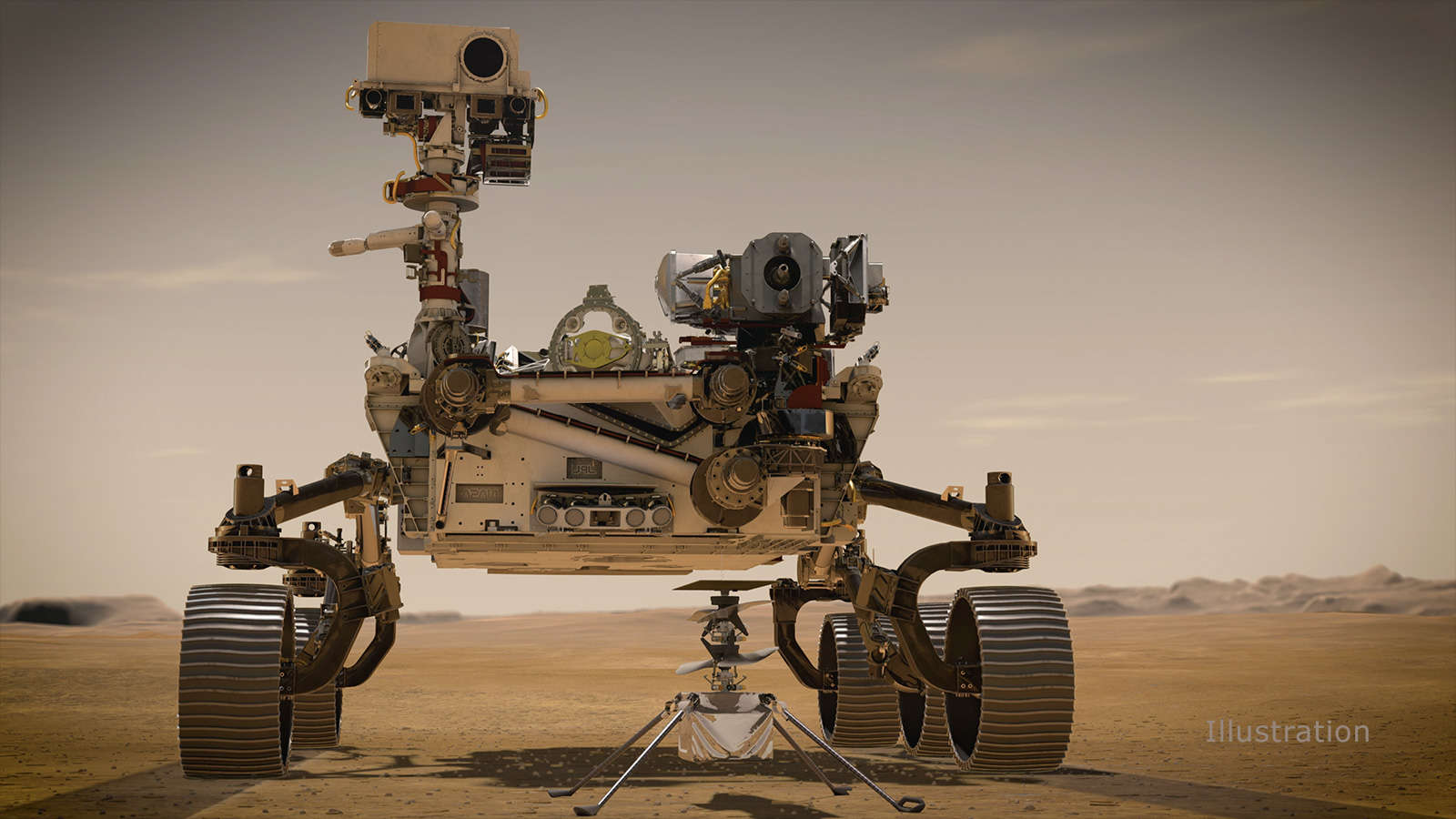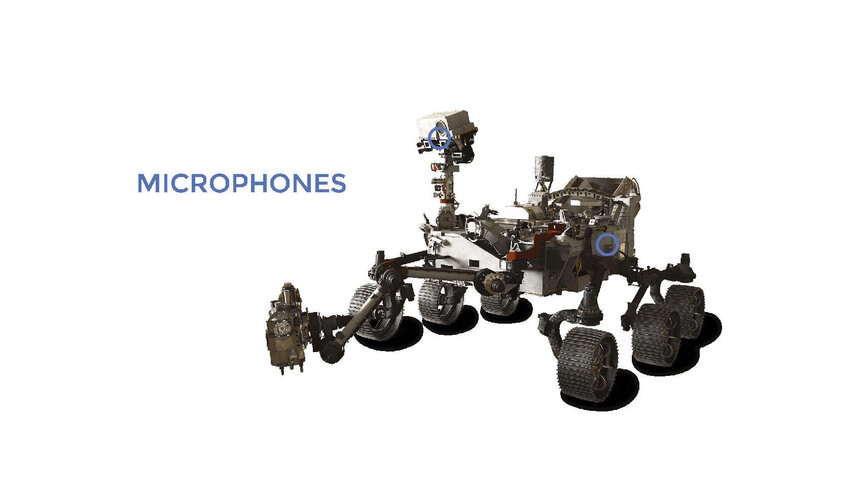Create a free profile to get unlimited access to exclusive videos, sweepstakes, and more!
To Mars! Perseverance rover all set to launch on Thursday 30 July

Tomorrow, NASA plans to launch the Perseverance rover (and its helicopter, Ingenuity) to Mars. The launch window opens at 11:50 UTC (07:50 Eastern US time) and is about two hours long.
First things first: If you want to watch it live, you can always rely on NASA's livestream, and/or their YouTube and Twitch channels. Also, The Planetary Society is hosting a virtual launch party starting at 11:30 UTC (07:30 ET) with guests and information; it's free but you need to register to join in.
The launch will be using an Atlas V rocket, which should put on a good show. It's a big rocket, and will give the mission a push hard enough to get it to arrive at Mars on 18 February 2021.
So what's this mission about? In a word: Life. In two words: Martian life. In slightly more words: Looking for direct evidence of ancient life of Mars, looking for conditions that could've supported life then or still possibly can now, as well as seeing if it's possible for humans to explore Mars.
In many ways Perseverance is like the previous rover Curiosity; they use the same chassis and overall architecture both in the rover as well as the landing system (remember the Seven Minutes of Terror?). But there are big differences. One main one is that Perseverance has a drill that will allow it to get core samples of interesting rocks, and then store the samples in containers that it will leave behind on the surface to be picked up later by a future mission (TBD).
Also, there's a helicopter. A helicopter! Ingenuity is mounted under Perseverance, and will be placed on the ground to do a series of short flights over the next 30 days. It has a mass of less than two kilos, but the twin counter-rotating rotors are over a meter across; the air on Mars is less than 1% as thick as on Earth at sea level, so it needs big props. It's basically a technology tester, to see if such flight is not only possible but also beneficial in exploring Mars.
I was surprised that it can fly only generating 350 Watts of power. Those blades will spin at 2000+ RPM! It's a marvel of engineering, and a standout in a mission that's already pretty exciting.
Perseverance is also equipped with two microphones, to literally listen to Mars. This is an idea that was first proposed long ago, but has run into many difficulties over time. One microphone will listen during descent and landing — that should be very cool — and the other will listen when the SuperCam instrument uses its laser to zap rocks in order to identify their constituent minerals. That should be very nifty as well.
Perseverance will land in Jezero Crater, an impact feature roughly 50 km across. It has evidence of having been a lake long ago, and has clay deposits that are not only evidence of water (clays get laid down by water) but also a good place to look for anything wee ancient beasties might have left behind.
Of course, there's a lot more going on with the rover; for a more complete rundown, as always I urge you to seek out The Planetary Society site which has quite a bit of info, and, of course, the NASA page for the mission.
If for some reason the launch tomorrow is delayed, there are many more opportunities to get it off the ground, with the overall launch opportunity closing on 15 August. The date range is due to the positions of Mars and Earth in their orbits, and the time each day is when the tilt and rotation of the Earth put the Florida launch site in the correct spot to maximize the force on the rocket (the Earth spinning acts like a centrifuge, adding extra velocity to the spacecraft).
Let's hope we get a nominal countdown and launch, and another pair of robots have a clean getaway from Earth and head for the Red Planet.




























